Dog Rose
(Rosa canina)
The charming dog rose (Rosa canina) with its lush foliage, vibrant blossoms and nutritious fruits, offers a haven for various native UK wildlife, providing them with food, shelter and a thriving habitat to call home.
Scientific Name: Rosa canina
Family: Rosaceae
Average Height: The dog rose typically reaches a height of 1-3 metres.
Average Canopy spread: The dog rose is a thorny climber. Its canopy can spread up to 2-3 metres wide, creating lovely and dense cover for wildlife.
Preferred Ground Conditions/Habitat: Dog roses prefer well-drained soils and thrive in various habitats, including woodlands, hedgerows and scrublands throughout the UK. They are especially fond of sunny or lightly shaded areas.
How to Identify Dog Rose
Dog Rose Leaf ID: The leaves of Rosa canina are pinnate, meaning they have multiple leaflets arranged on either side of the stem. Each leaf typically consists of 5 to 7 serrated leaflets with a slightly rough texture.
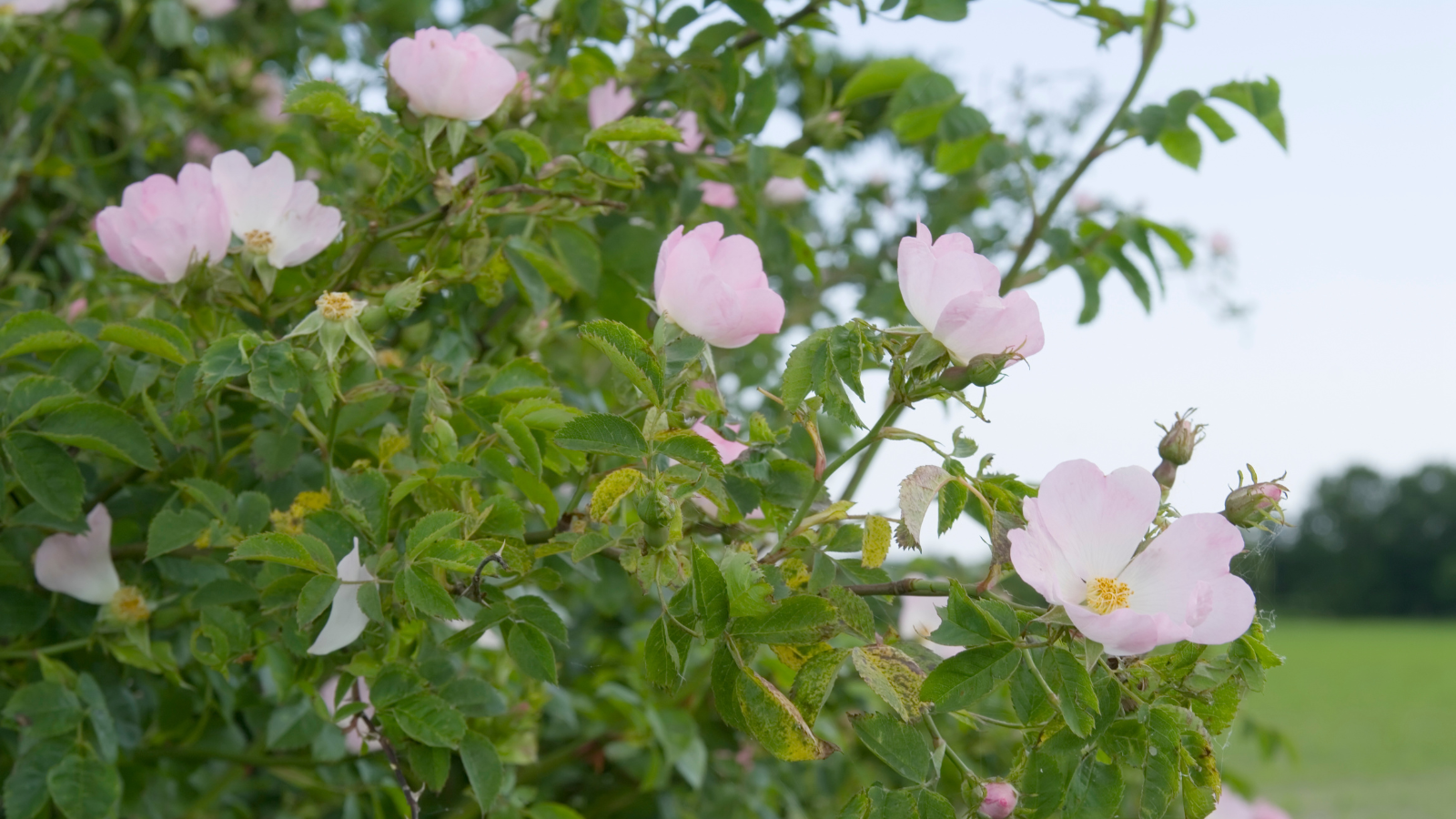
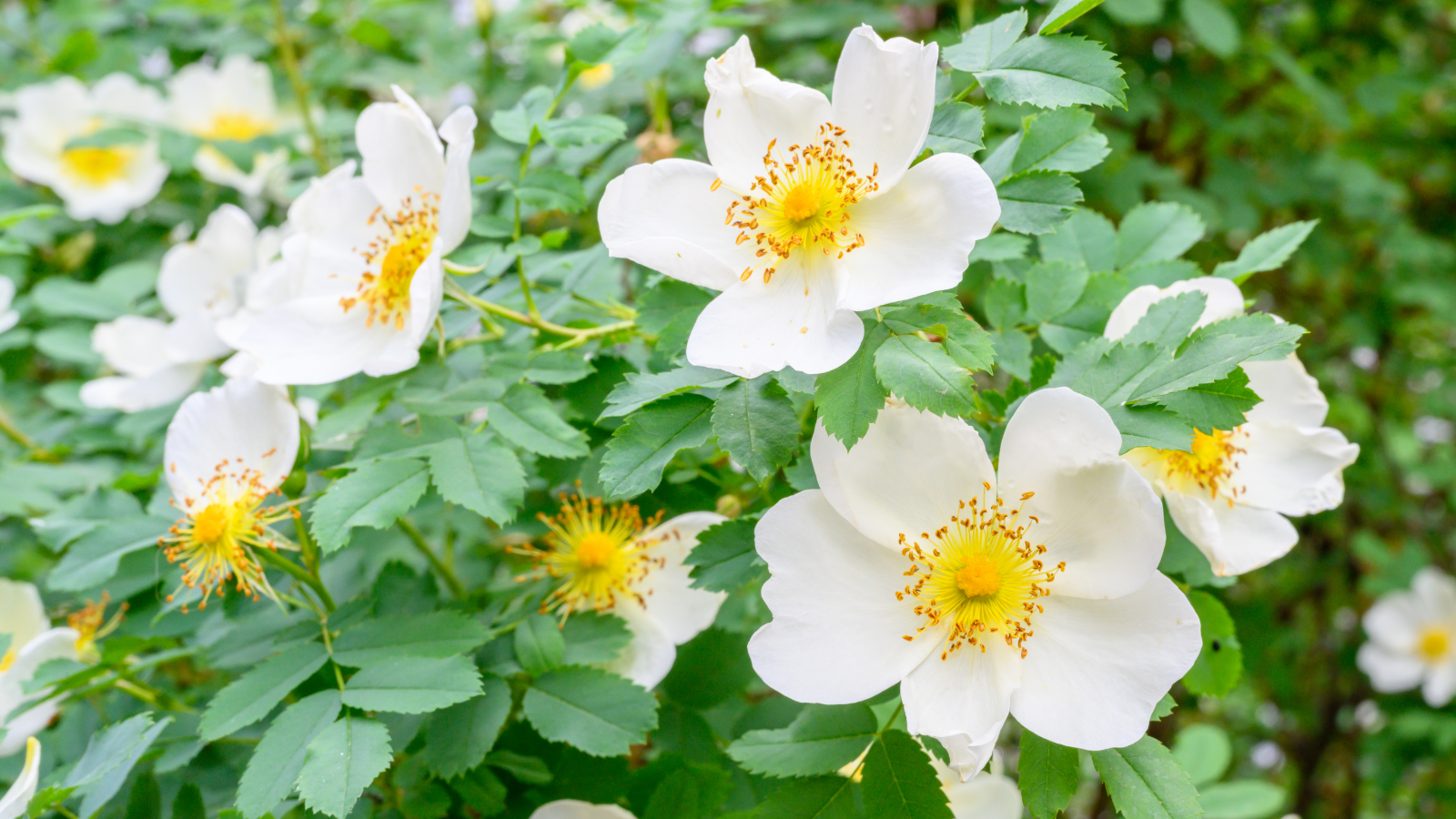
Dog Rose Flowers ID: The dog rose showcases beautiful, pink to white, five-petaled flowers with a lovely fragrance. They bloom from May to July, providing a delightful sight to behold.
Dog Rose Fruit ID: Following the flowers, the shrub produces distinctive reddish-orange hips. These hips are rich in vitamin C and other nutrients, offering a valuable food source for wildlife and even for humans in the form of herbal teas and jams.
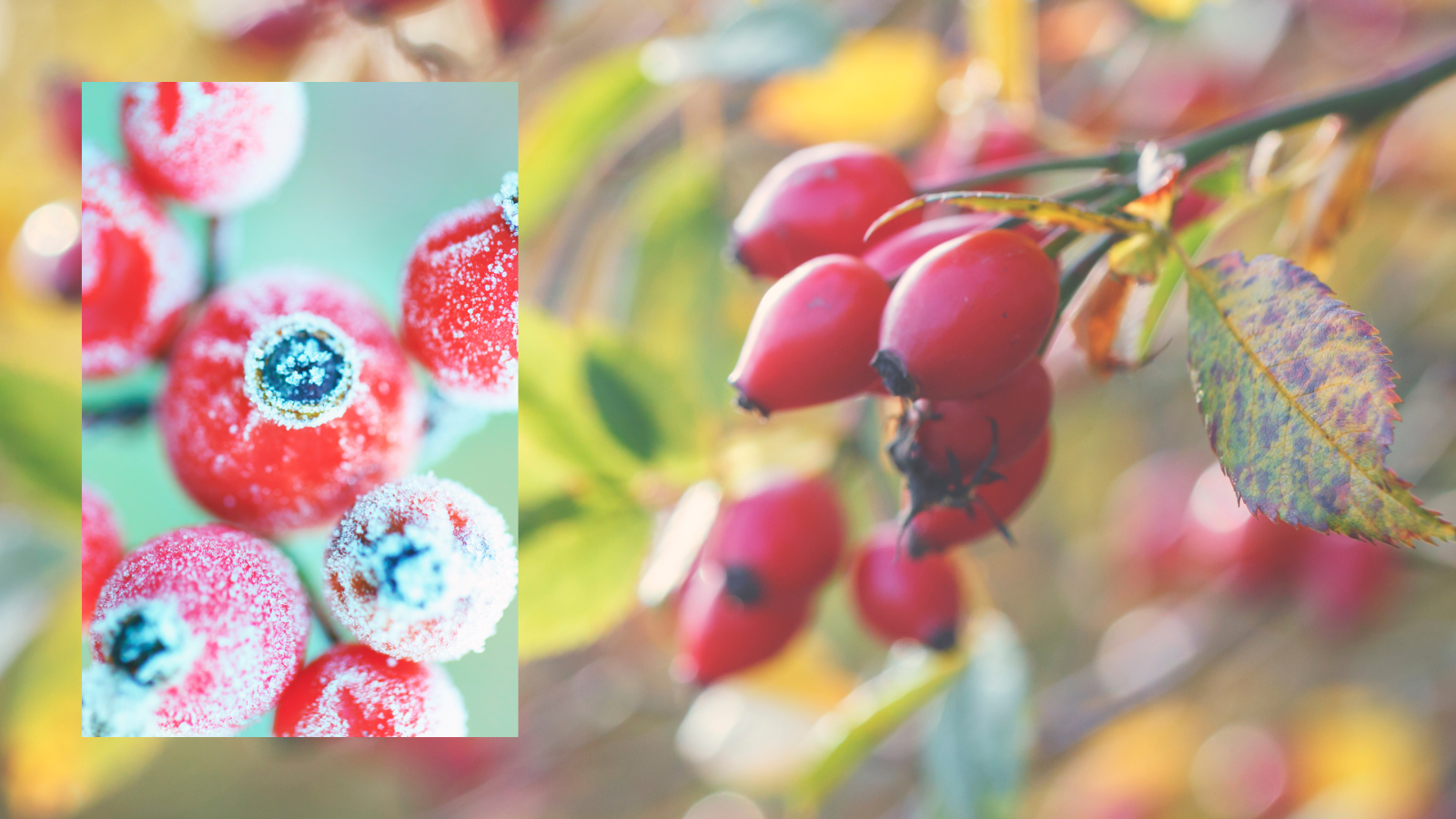
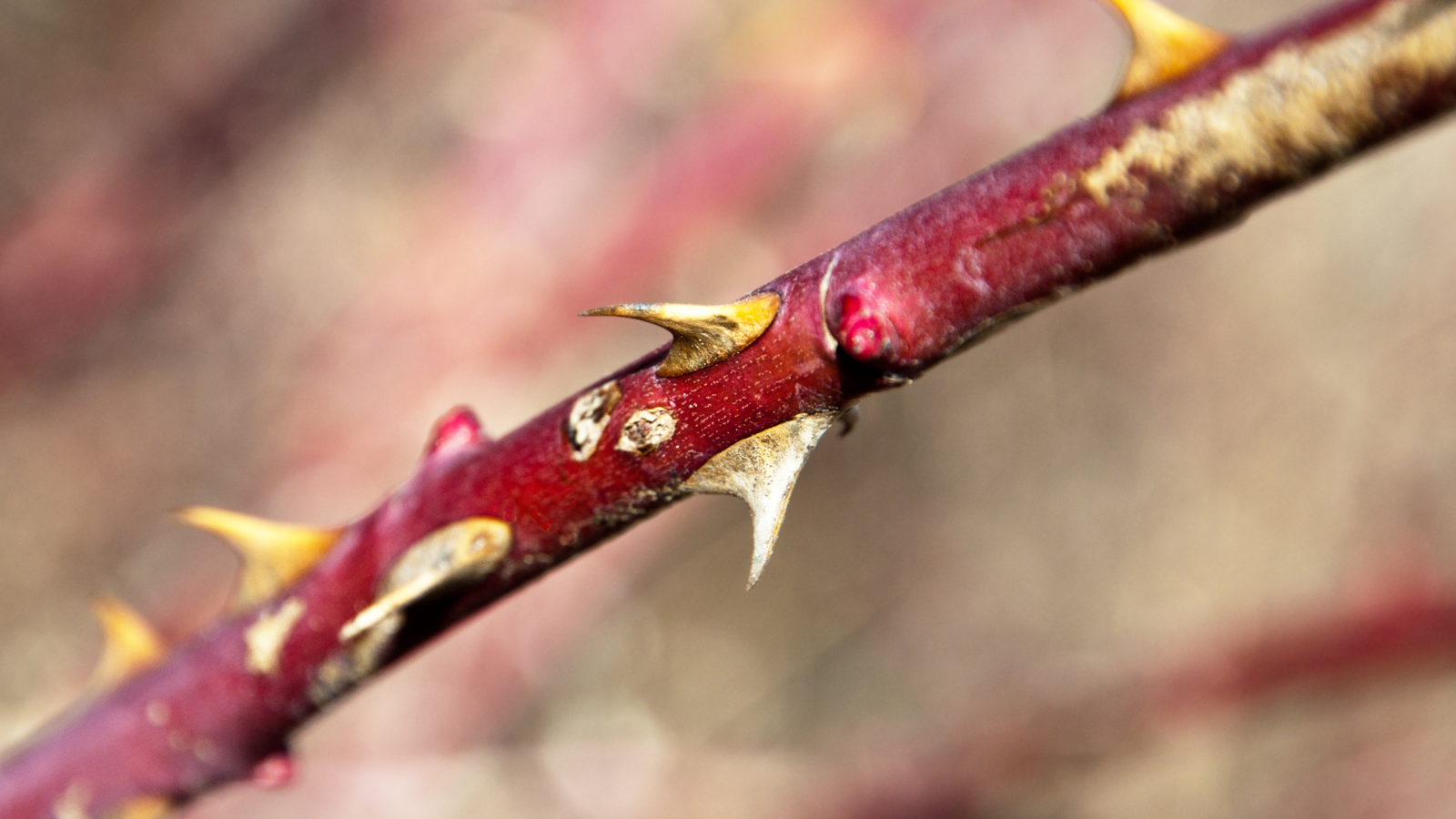
Dog Rose Bark ID: The bark of Rosa canina is smooth and greenish when young, gradually turning woody and brown as it ages. Mature stems display a characteristic peeling bark, adding to the shrub's aesthetic appeal.
What native UK Wildlife Does Dog Rose Support and How Does It Support Them?
The dog rose serves as a vital host for various native UK wildlife. Its nectar-rich flowers attract pollinators like bees and butterflies, aiding in their survival. The dense thorny thickets provide a safe haven for nesting birds, and the abundant hips attract birds and small mammals, supplying them with nourishment during autumn and winter when other food is scarce.
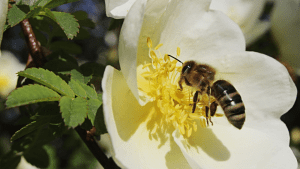
Properties and Uses of Wood/Parts of Dog Rose
The dog rose has been historically valued for its practical uses. The flexible young stems were used to weave baskets and for binding, while the thorny branches served as natural fencing to enclose livestock. In herbal medicine, the fruits (hips) were used for their high vitamin C content, helping to boost the immune system and treat various ailments. The hips were also made into delicious jams and syrups, offering both a tasty treat and health benefits. Moreover, the dog rose's ability to form dense thickets makes it an excellent choice for wildlife habitat restoration projects.
Start your tree planting journey today. Join I Dig Trees and be a part of something truly special.
Together, we’re taking positive action - planting millions of trees for climate, wildlife and communities.
